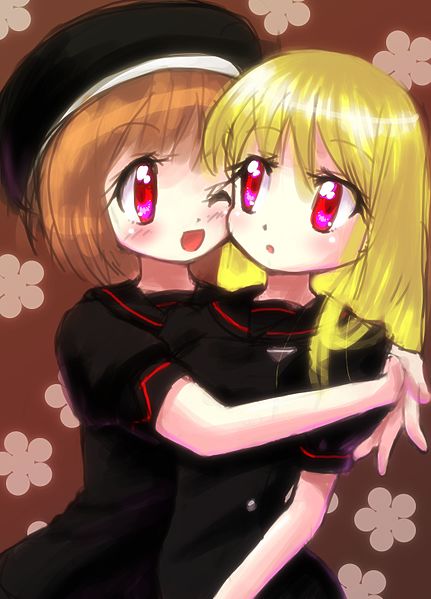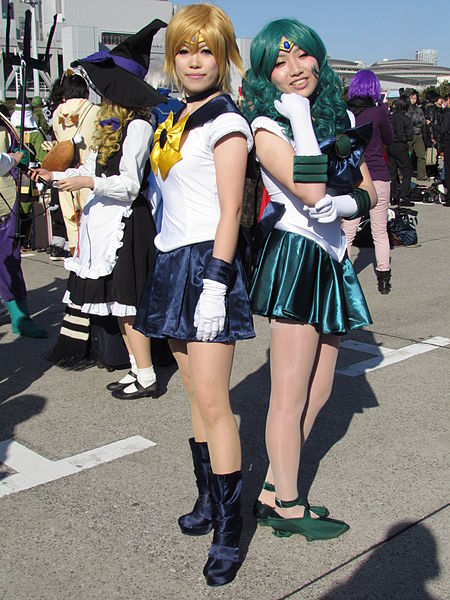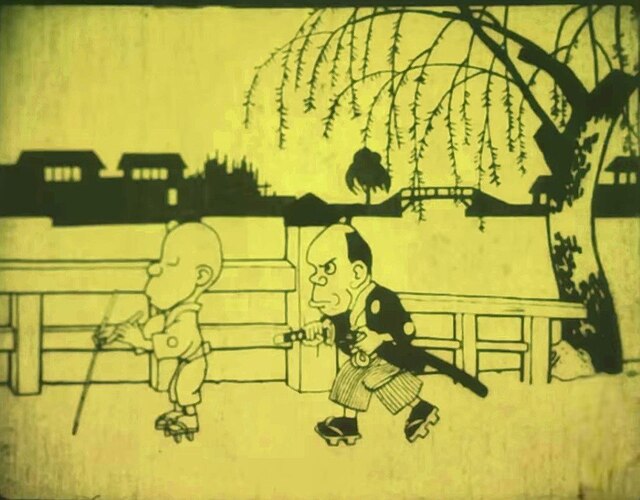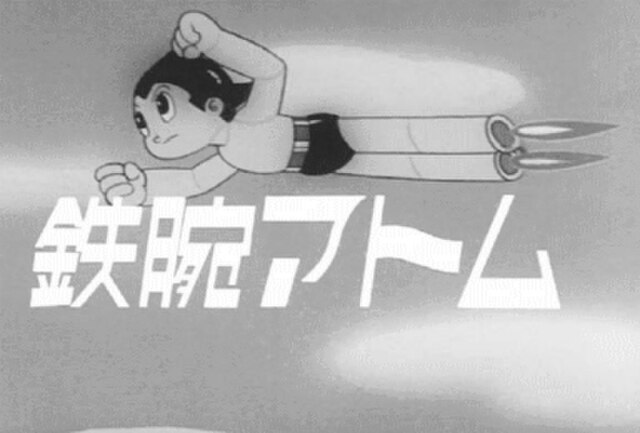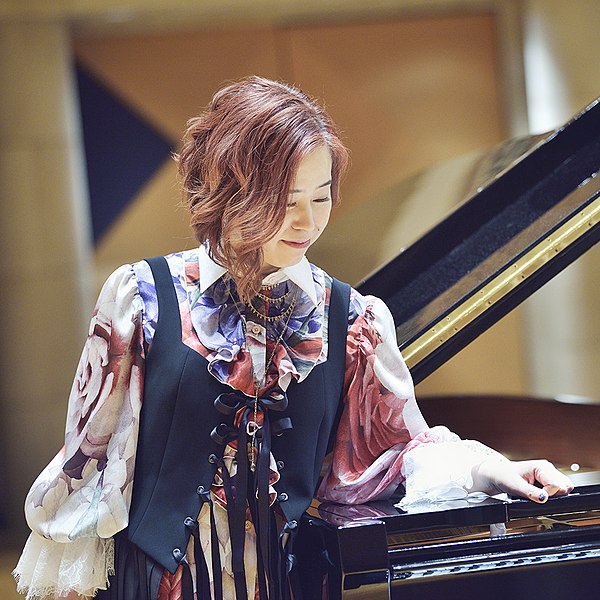Yuri , also known by the wasei-eigo construction girls' love , is a genre of Japanese media focusing on intimate relationships between female characters. While lesbian relationships are a commonly associated theme, the genre is also inclusive of works depicting emotional and spiritual relationships between women that are not necessarily romantic or sexual in nature. Yuri is most commonly associated with anime and manga, though the term has also been used to describe video games, light novels, and literature.
An example of yuri-inspired artwork. Works depicting intimate relationships between school classmates are common in the yuri genre.
A white lily, the de facto symbol of the yuri genre
Writer Nobuko Yoshiya, whose works in the Class S genre significantly influenced yuri
Cosplayers dressed as Sailor Uranus and Sailor Neptune from Sailor Moon
Anime is hand-drawn and computer-generated animation originating from Japan. Outside Japan and in English, anime refers specifically to animation produced in Japan. However, in Japan and Japanese, anime describes all animated works, regardless of style or origin. Many works of animation with a similar style to Japanese animation are also produced outside Japan. Video games sometimes also feature themes and art styles that are sometimes labelled as anime.
A frame from Namakura Gatana (1917), the oldest surviving Japanese animated short film made for cinemas
Frame from the opening sequence of Tezuka's 1963 TV series Astro Boy
Anime artists employ many distinct visual styles. Clockwise from the top left: Dead Leaves, Flag, Serial Experiments Lain, Monster, Mind Game, Lucky Star, Cat Soup, and Gurren Lagann.
Japanese composer Yuki Kajiura, known for her musical contributions to the soundtracks of several popular anime series such as Demon Slayer: Kimetsu no Yaiba, Sword Art Online and Puella Magi Madoka Magica

